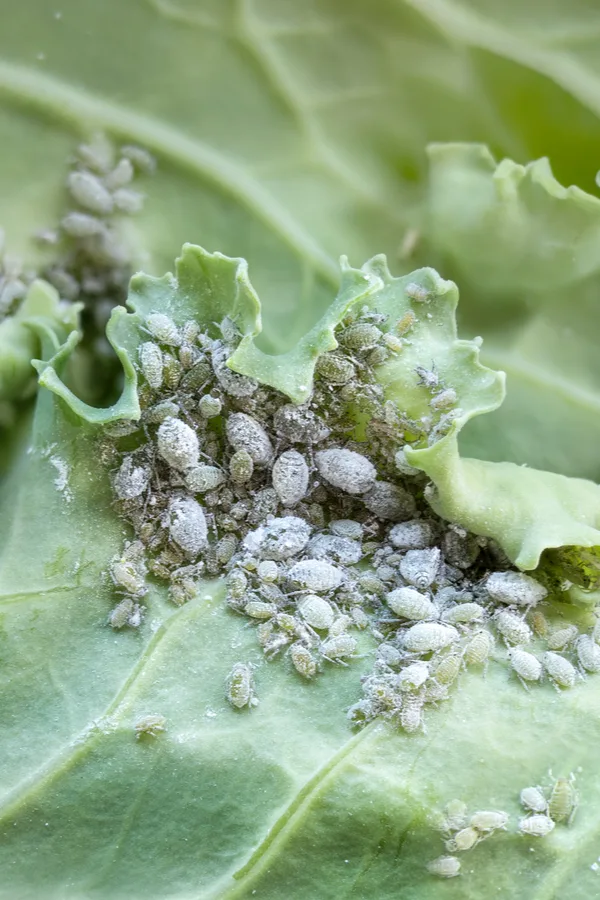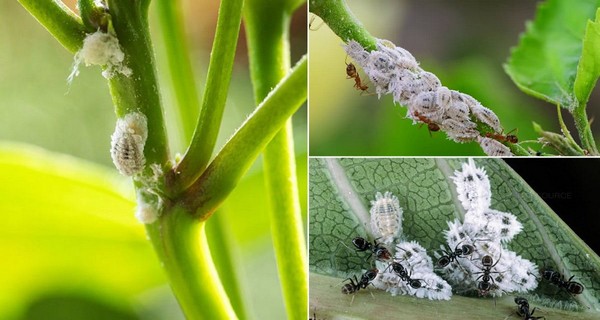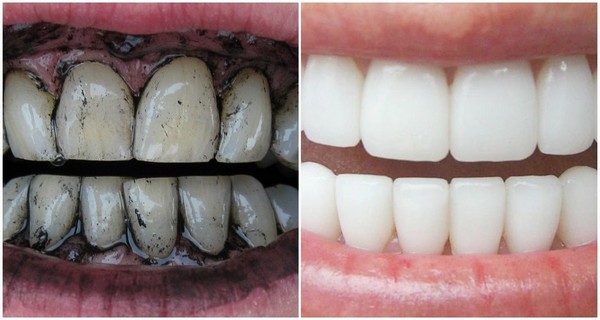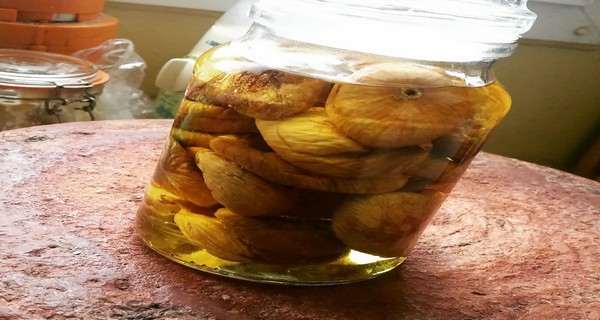Ad Blocker Detected
Our website is made possible by displaying online advertisements to our visitors. Please consider supporting us by disabling your ad blocker.
How to Use Diatomaceous Earth to Get Rid of Pests Naturally
This summer the ants came marching one by one all over our house. With our California drought, they seemed to be desperate for moisture, as they’d often march right past a sticky spoonful of honey, heading instead for the nearest half-full water glass.
We tried just about everything (both natural and toxic), but still, the ants kept coming. Then someone suggested diatomaceous earth. I’d heard of the stuff before, but I really had no idea what it was, or how to use diatomaceous earth to get rid of pests naturally. Here’s what I learned…
What is diatomaceous earth?
Diatomaceous earth (DE) is made from the fossilized remains of a particular kind of algae called diatoms. These are tiny single-celled aquatic organisms that have an outer shell of silica that is made up largely of silicon. Basically, the skeletons of dead diatoms accumulate in the sediment at the bottom of rivers, streams, lakes, and oceans.
First discovered in Germany, there are major deposits in the US in Colorado, Nevada, and California. The powder’s chemical composition is typically 85% silica, 10% other oxides, and 5% moisture.
How to use diatomaceous earth to get rid of pests
DE works as an insecticide by basically killing the critters through dehydration. The silica absorbs all the moisture out of the insect, and – voila – no more pests.
Diatomaceous earth is widely recognized around the world as one of the few pesticides that is non-toxic. However, if you breathe in large amounts of dust, you can cause some pretty serious lung irritation. The trick to avoiding that is to mix it with water when you’re applying it so that you don’t inhale the dust. Once the moisture evaporates away, then what’s left has the same drying power as the original dust.
To use DE for pest elimination, you want to make sure you’re using uncalcined, meaning it hasn’t been heated to high temperatures, because that reduces its effectiveness as a pesticide (but makes it better for other uses, such as filtration devices).
Ants
I got my DE here and loved how easy it was to use. Using an old spray bottle I had (probably a ¼-gallon size or so), I put 1 heaping tablespoon of the powder in it, then filled it up with water, leaving just enough room that I could shake it up really well to get the DE to be well-distributed in the water. The powder doesn’t dissolve, but the particles remain suspended in the liquid, which is why it can be sprayed. Remember to keep shaking it up as you go along.
I spent about a half hour walking around finding all the different lines of ants and spraying each one liberally with the DE spray. I even did this all around the outside of the house wherever I saw them making their approach. The DE works on pests only when dry, but 24 hours later…not a single ant. YAY!
Pet pests
Other pests that can be easily eliminated using DE include anything on your pets, such as fleas, worms, ticks, and mites. In those cases, you use it like a flea powder. Again, apply it carefully without creating a large cloud of dust. Start at the base of your pet’s tail (apparently a favorite spot for fleas) and work your way up to the front. Lift the fur as much as possible to get the DE on the skin and base of the fur, massaging it in as thoroughly as possible. Remember it needs to dry to work, and you should plan on doing this twice a week.
Lice, mites, and bedbugs
Diatomaceous earth is effective on the lice and mites that bug your backyard chickens (good luck with the dusting). There are even people who say it’s quite effective for lice on human heads as well, though you have to find a way to dust the hair thoroughly without creating a cloud of it that can irritate your eyes and lungs. Apparently, DE can also get rid of bed bugs if you have that nasty problem.
Protecting Plants From Beetles
When using vegetable or flower plants to control beetles, dusting the foliage is the way to go. This can be effective against both adult Japanese beetles and cucumber beetles.
Once the two pests come in contact with the powder, they suffer from cuts that eventually kill them. Again, you will need to reapply if rain or heavy moisture hits the leaves as once it is wet, it will lose all of its effectiveness.
Controlling Aphids
Aphids eat the leaves of plants and live on all sides of the plant. For effective control, dust the leaves and stems with diatomaceous earth. To do this effectively, it is best to use a powder sprayer. This allows the dust to cover evenly and lightly at all angles.

For aphids, that is important as the underside of the leaves is where they hide. Once aphids come in contact with diatomaceous earth, they will inflict cuts on them, and they will die without consuming the leaves.
Grub & Tick Control In Gardens, Flowerbeds
Grubs can prove fatal for gardens, flowerbeds, and lawns with heavy infestations. The good news is that diatomaceous earth can certainly help when it comes to minimizing heavy populations of grubs fairly quickly.
For grub control in the soil, sprinkle ½ cup of DE for every few feet of soil space. Next, mix the DE into the soil with a garden fork or rake. The diatomaceous earth will pierce the wax-like outer skin of grubs as it comes in contact with them, drying out their skin in the process.
DE can also be highly effective against ticks when dusted on lawns. It kills the ticks fast and can help in the fight to keep ticks off of you and your pets.
Protecting Against Snails & Slugs
Diatomaceous earth doesn’t actually kill snails or slugs. However, you can use it to protect your plants from them quite easily by using it as a barrier. Slugs and snails won’t cross DE to access plants. Because of this, sprinkling it around each plant or circling entire planting areas can keep them far away.
In the garden, circle plants with a ring of DE (only on dry days when not watering) to keep slugs from getting on your plants at night. Using the same method as the ant treatment I described, you can spray any plants that are susceptible to various insect pests such as aphids, caterpillars like the dreaded tomato hornworm, and many others. You can use the dusting approach as well.


